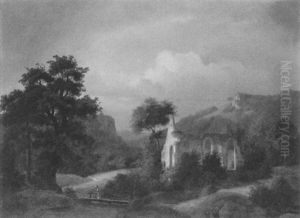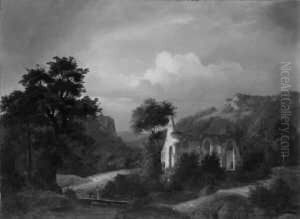Wilhelm Themer Paintings
Wilhelm Themer was a German artist, known for his contributions to the field of graphic design and typography. Born in 1906, in a period of great artistic evolution in Germany, Themer’s work was greatly influenced by the shifting tides of art movements, including Expressionism, Dadaism, and the Bauhaus school. Despite the rich artistic environment, detailed records of Themer’s early life and education are sparse, which is not uncommon for artists of his time, especially those who may not have been associated with major movements or schools that received more historical attention. Throughout his career, Themer was known for his innovative approach to typography, integrating it with graphic design in ways that were ahead of his time. His work often blended elements of geometric abstraction with functional design, reflecting the Bauhaus influence of combining art with industrial design. Though not as widely recognized as some of his contemporaries, Themer contributed significantly to the development of modern graphic design principles. His designs were characterized by a keen attention to detail, a pioneering use of typography, and a clear, communicative style that was both aesthetically pleasing and pragmatically effective. Wilhelm Themer passed away in 1984, leaving behind a legacy that, while perhaps not as celebrated as that of some of his peers, played a crucial role in shaping the direction of graphic design and typography in the 20th century. His work continues to be studied by design students and professionals, serving as an inspiration for those interested in the intersection of art and functional design. Through his contributions, Themer has earned a place in the annals of art history, particularly in the fields of typography and graphic design.








